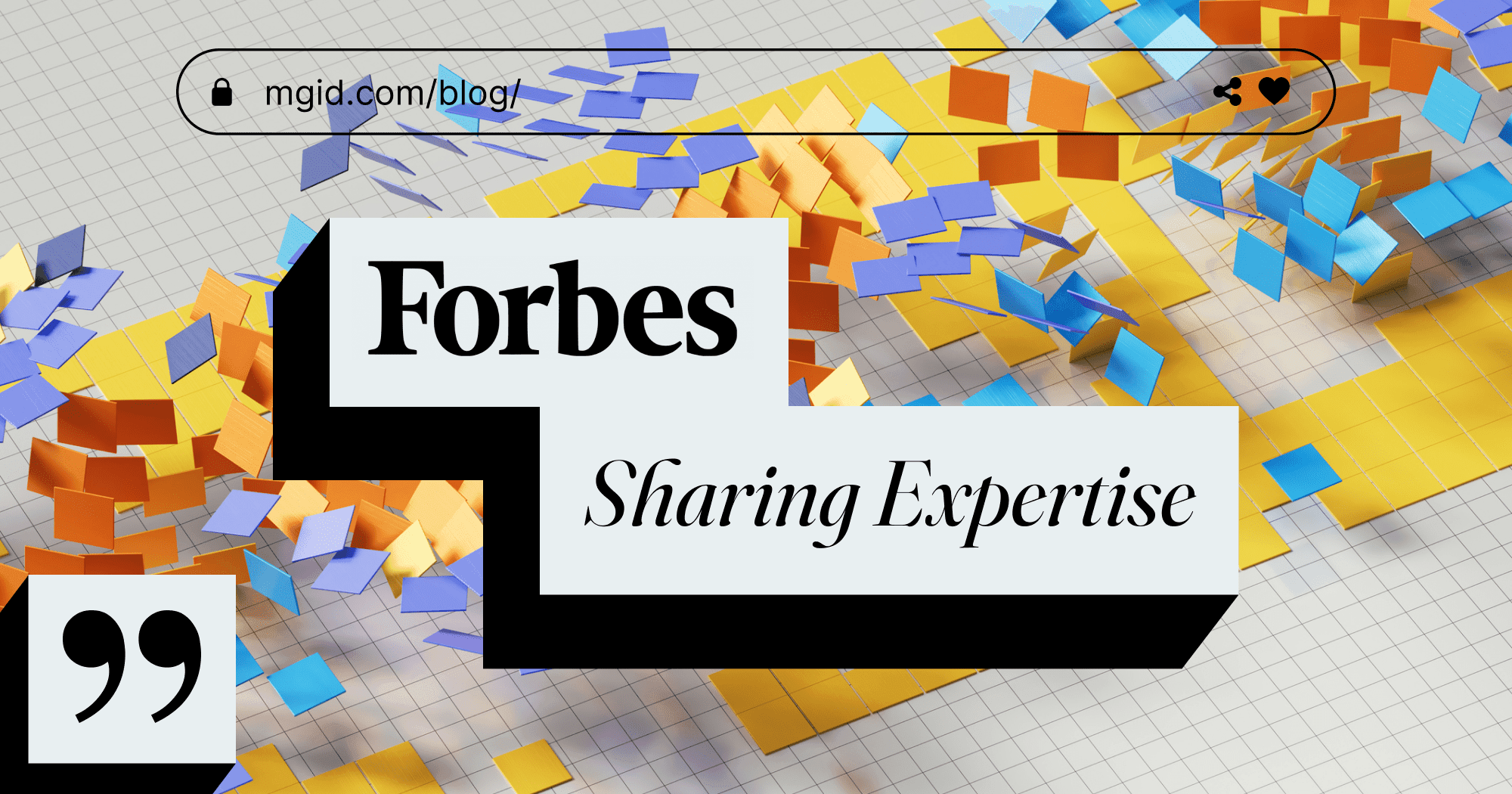Today’s advertisers care about one thing: outcomes. As budgets tighten, media fragments and brand loyalty wanes, advertising channels must prove their ability to uplift tangible business metrics. However, optimizing toward outcomes is notoriously challenging, with a huge number of variables affecting whether spending on an ad achieves its desired result. Optimizing for outcomes requires the ability to predict the future—an impossibility, until now.
Cause And Effect? Try Effect And Cause
AI-powered bidding strategies reverse typical programmatic inputs and outputs. Instead of adjusting costs and hoping for conversions, machine learning models begin with the desired conversion and work backward to identify the optimal bidding strategy.
This is made possible through the predictive capabilities of machine learning models. These models ingest and analyze signals from hundreds of sources — from ad placement and local time of day to device type, audience behaviors and contextual relevance — to identify complex patterns of cause and effect that can be used to gauge the likelihood of a conversion.
Whereas traditional cost-per-click (CPC) models treat every impression or click as equal until proven otherwise, AI-powered cost-per-acquisition (CPA) models dynamically weigh the value of each opportunity in real time. If the model determines that a particular user, at a particular moment, is significantly more likely to convert, it will automatically adjust the bid upward, even if that click costs more.
You might worry that such upward revisions would rapidly exhaust budgets, but such models balance out instances of increased spend by, conversely, devaluing or stripping out low-probability impressions. This way, budgets are preserved while efficiency is significantly boosted.
This real-time recalibration allows for automated, high-frequency optimization at a scale that no human team could feasibly manage. Not that humans are — or ever should be — removed entirely from the process. You as the advertiser still remain in control of all the cost and key performance indicator levers that are important to you, while engineers work behind the scenes to monitor the algorithm’s performance and correct for edge cases.
After all, no model is 100% accurate in 100% of situations. The end goal of such technological developments is not to remove human oversight and strategy from the process, but to significantly expand the reach and effectiveness of human decisions. AI without people steering its course is like an orchestra without a conductor.
For all the revolutionary technology chugging away in the back end, the user experience is largely unchanged. You’re still billed on a CPC basis and can set the same thresholds you’re used to, while the underlying engine makes decisions based on conversion potential. It’s as much a mindset evolution as a technical one: Trust the model, feed it accurate data and it will reward you with better outcomes and less manual tinkering.
Outcome Optimization Ripples Across The Open Web
Should it achieve its full potential, AI-driven optimization will fundamentally alter the bloated, top-heavy digital advertising ecosystem of recent years.
For one, AI levels the playing field. Advanced algorithmic optimization techniques were the domain of big tech giants such as Google and Meta, which had a massive advantage due to the reams of data exclusive to their walled gardens, derived from platforms meticulously designed to extract as many user signals as possible.
Now, we all can tap into similarly sophisticated predictive technologies across the connected world, diversifying our channel distribution and reach without inflating our budgets. Smaller brands and advertisers without sprawling analytics departments can pursue outcome-based advertising with precision and scalability on whichever channels they choose, rather than default to the path of least resistance offered by big tech.
Over time, this will redefine the concept of value in media buying. Under CPC regimes, cheap inventory could still be an attractive gamble, even if it doesn't convert. With CPA models in control, low-quality placements will wither from lack of spend, clearing a path for high-quality publishers whose audiences are more engaged and conversion-prone. Outcome optimization serves as a filter, reallocating spend away from made-for-advertising (MFA) sites and toward genuinely valuable environments.
There are challenges and limitations, of course. AI models require both sufficient data and time to learn. You must set realistic CPA targets—despite appearances, AI is not magic—and give campaigns room to breathe. Impatient tweaking or overly aggressive benchmarks can “confuse” the model, leading to misfires or underdelivery. But these are bumps in the road that will eventually be smoothed out. As more campaigns feed these algorithms, the systems will grow more resilient and their benefits will become more widely accessible.
AI's capacity to evolve is perhaps what’s most exciting about it. Digital advertising often feels like laying the tracks in front of a speeding train that veers wildly through market fluctuations. With AI’s ability to adapt incredibly quickly, advertisers can step back and gain a wider perspective. At a time of rapid and tumultuous change in digital media (ironically, much of it caused by AI itself), it’s more important than ever to be able to look to the horizon rather than be bogged down by busywork.





